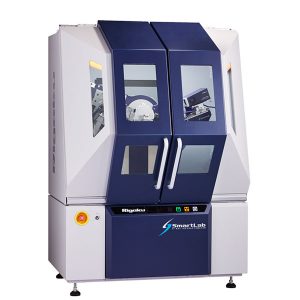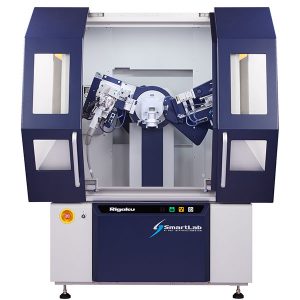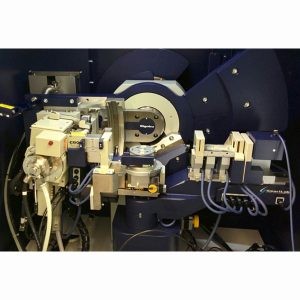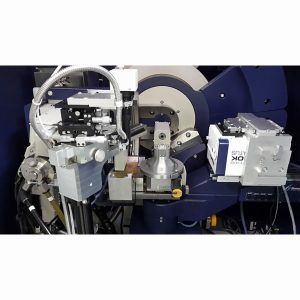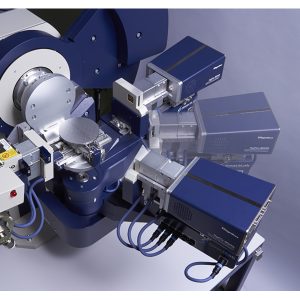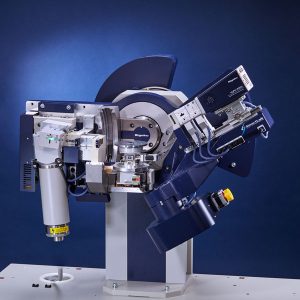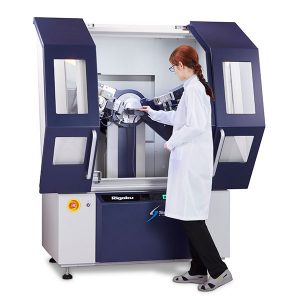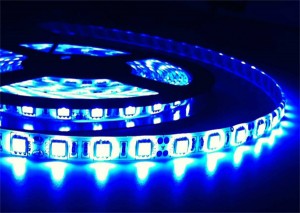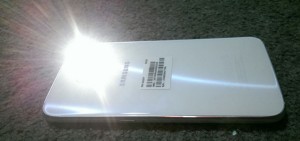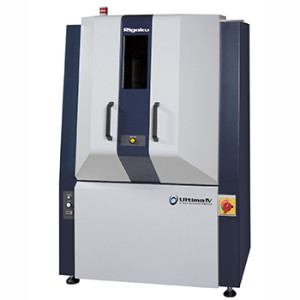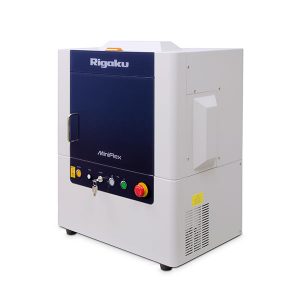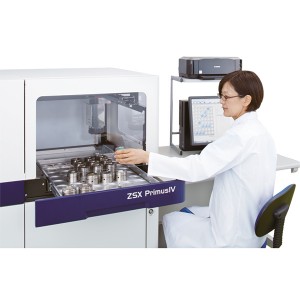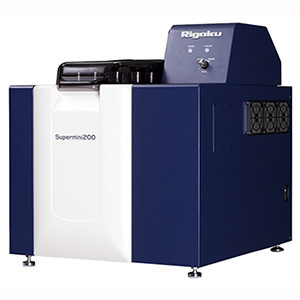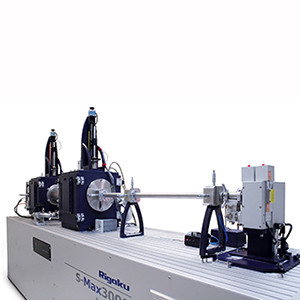SmartLab® – A High Resolution Diffractometer with Ultimate Versatility
The SmartLab is the most novel high-resolution diffractometer available today. Perhaps its most novel feature is the SmartLab Guidance software, which provides the user with an intelligent interface that guides you through the intricacies of each experiment. It is like having an expert standing by your side.
The next generation SmartLab diffractometer was launched in 2018. New features include:
- New PhotonMax high flux rotating anode (9kW) X-ray source that extends the life of the anode by 3 times resulting in less maintenance
- New CBO-µ which generates a 100µm wide parallel X-ray beam
- Fully 21 CFR Part 11 compliant for analysis of pharmaceuticals
- New SmartLab Studio II software which controls everything from measurement to analysis
Guidance Software
The brains behind the SmartLab is the unique guidance software. This sophisticated, yet user-friendly interface assists you through every step from setup to measurement and data analysis.
In the setup phase, all you need to do is select the type of experiment you want to perform. The software will then show you what configuration changes are required. Optically encoded attachments ensure that you install the correct components. The system will then run an auto alignment negating the need and expense for engineers and specially trained staff to be present.
The Guidance software will then help you optimise experimental parameters as well as the analysis of data, making it a comprehensive and fully integrated solution that allows you interact directly with the hardware and prevents accidents.
High-Flux Option
The SmartLab is available in either 3kW or 9kW variants. The 9kW option with the new PhotonMax X-ray source is the most powerful lab diffractometer on the market which gives you the power to run faster scans and improves your chances of detecting trace phases. For those with access to the Synchrotron, the SmartLab is the most suitable instrument for screening your samples allowing you to concentrate in analysing the your most meaningful samples. It is also your best possible option when investing in a diffractometer for the future as it gives you the flexibility to be better able to deal with unforeseen advanced research requirements.
Engineered for Performance
The system incorporates a high resolution ?/? closed loop goniometer drive system, cross beam optics (CBO), an in-plane scattering arm, and an optional 9.0 kW rotating anode generator.
Designed for Flexibility
Coupling a computer controlled alignment system with a fully automated optical system and the Guidance software makes it easy to switch between hardware modes, ensuring that your hardware complexity is never holding back your research.
As mentioned, optically encoded components prevent installation of the incorrect attachment. Smart cabling has also been integrated into the design to prevent cables fouling on moving parts and potential costly accidents. Combined with the SmartLab’s auto alignment capability, this system becomes an easy to re-configure proposition that is as student-proof as you can get making it an excellent choice for university characterisation facilities.
Functionality Redefined
Whether you are working with thin films, nanomaterials, powders, or liquids the SmartLab will give you the functionality to make the measurements you want to make when you want to make them.
The SmartLab comes in two variants to cater for this wide array of applications:
- SmartLab PD
- SmartLab TF – with the Rigaku’s patented in-plane arm that has been specifically designed for the detailed analysis of thin films and coatings and allows the detector to rotate out in the plane perpendicular to the goniometer. This enables studies specific to thin films to be carried out
Features
- Fully automated alignment under computer control
- 9kW high flux option
- Range of detectors including high performance Hybrid Photon Counting (HPC)/Hybrix Pixel Array Detectors (HPAD)
- Optional in-plane diffraction arm for in-plane measurements without reconfiguration
- Focusing and parallel beam geometries without reconfiguration
- SAXS capabilities
- Auto sample changers
- Wide range of attachments to perform specialised studies including environmental chambers, high and low temperature chambers, microdiffraction, battery cells, in situ DSC, capillary spinner, fibre attachment, stress measurement etc.
The New SmartLab – The Best XRD in the World Got Even Better
SmartLab Diffractometer Advanced Applications
SmartLab Goniometer, CBO Optics and Self-Alignment
Testimonial of Dr. Simon Bates from Triclinic Labs on the Rigaku SmartLab
Testimonial of Wade Adams from Rice University on the Rigaku SmartLab
The HyPix 3000 0D/1D/2D Hybrid Pixel Array Detector (HPAD)
Easily Switch between Johansson and Bragg Brentano Geometries
Rigaku Help Researchers Win Nobel Prize in Physics
In 2014, the Nobel Prize in Physics was awarded to Professors Isamu Akasaki, Meijo University, Hiroshi Amano, Nagoya University, and Shuji Nakamura UC Santa Barbara for their work on the development of the blue LED (Light Emitting Diode)1. LEDs are a semiconductor-based lighting technology that is revolutionising lighting for use buildings, automotive and electronics due to their long life, low power consumption and compact size compared to conventional lighting2.
While red and green LEDs had been around since the early 1960s, it took another 30 years, before Prof. Amano and his colleagues created the first blue LEDs. Succeeding where many before them had failed and given up based, the teams discovery was based on doped Gallium Nitride produced using Metal Organic Vapor Phase Epitaxy (MOVPE). This discovery paved the way for white LEDs which were not possible prior to the advent of blue LEDs3.
In 2000, the team was able to successfully control the polarisation effect in nitride semiconductors. This work has lead to higher performance LED technology being carried out across the world based on crystals with small polarisation effect.
The analysis of these films and their polarisation was carried out using a 9kW Rigaku SmartLab X-ray diffractometer. Prof. Amano and Katsuhiko Inaba from the Rigaku X-Ray Research Laboratory co-authored a paper for Physica Status Solidi (PSS) relating to this work in which they developed a new XRD system for performing high resolution XRD and crystallographic polarity characterisation4.
In fact all 3 of the Nobel Laureates used 9kW SmartLab diffractometers in their respective labs. These are highly versatile diffractometers that can be configured to run almost any diffraction-based experiment you can think of using a wide variety of accessories including detailed thin film analysis with the in-plane arm. Furthermore, they utilise Rigakus patented rotating anode technology providing the highest x-ray flux of any laboratory system giving researchers the best chance of detecting trace phases and the fastest possible scan times.
When asked about his collaborations with Rigaku Prof. Amano commented:
“30 years have passed since we initiated our research into blue LED. I would like to thank the people at the Rigaku research center and the design team for all of their hard work over these past 30 years. From when I was a student to when I was an assistant, I had this impression that Rigaku devices were for people who specialized in the field and were somewhat difficult to use. However, the wonderful thing about Rigaku is that if you make it known that you want to do something, you can always find technicians that will understand your passion and enthusiastically address your requested measurements or proposals for new measurement techniques.
Gallium nitride (GaN) is a polar semiconductor, and thus it is vital to observe that polarity. Since one did not exist at the time, the technicians addressed a method to observe GaN polarity with X-rays. As a result, we were able to release a paper in 2006 with the cooperation of Rigaku, on the polarity evaluation method for GaN via anomalous dispersion using a gold target for X-ray diffraction. I believe the results were splendid.”
This research has far reaching benefits, not only reducing power bills for consumers, but also helping the environment by consuming less power and conserving resources with LEDs lasting longer than their incandescent and fluorescent predecessors. The energy efficiency also helps improve the quality of life in developing countries not connected to power grids where solar cells can be used to power LED lighting systems.
Today, research continues into LEDs, looking for ways to increase both their output intensity and lifespan. This will see LED lighting solutions and technologies become an integral part of our everyday lives.
References
- http://www.nobelprize.org/nobel_prizes/physics/laureates/2014/press.html
- https://www.atkearney.com.au/paper/-/asset_publisher/dVxv4Hz2h8bS/content/how-led-is-revolutionizing-the-lighting-sector/10192
- http://en.nagoya-u.ac.jp/people/nobel/hiroshi_amano/index.html
- Crystallographic polarity and crystallinity characterization of polar and nonpolar GaN epitaxial films by X-ray diffraction analyses, K. Inaba and H. Amano, Physica Status Solidi, 244 [6] 1775-1779, DOI: 1002/pssb.200674812

